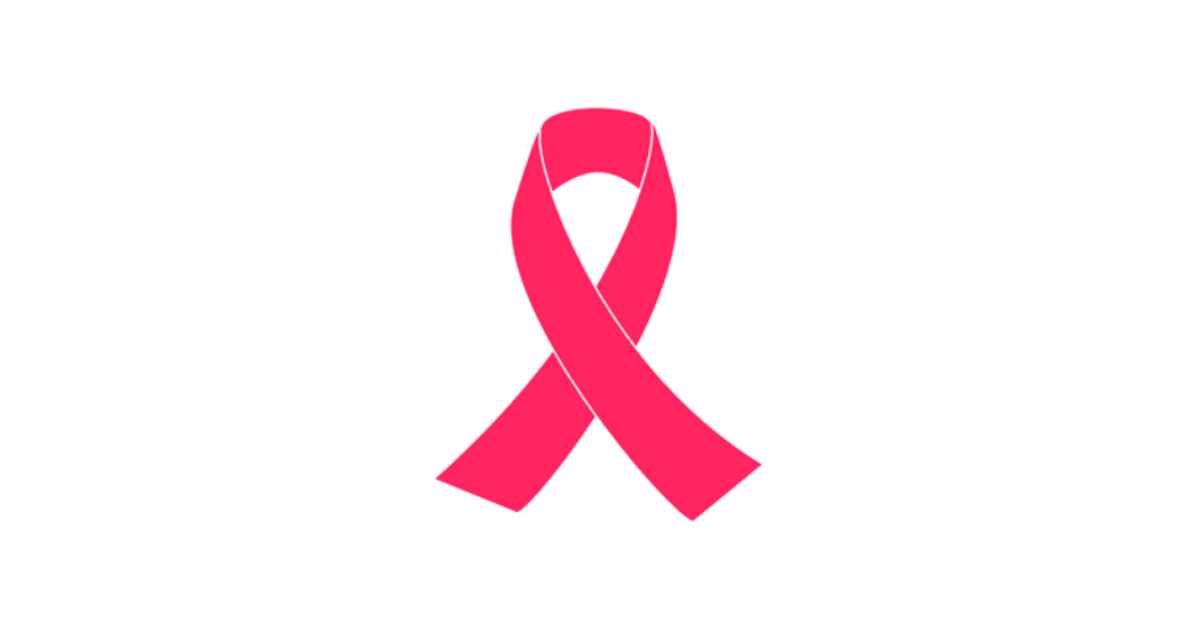Article: GO PINK

GO PINK
Throughout the month of October, communities come together to raise awareness for breast cancer. As of 2021, breast cancer is the most common cancer worldwide and is a leading cause of death for women in less developed countries. While researchers around the world race to find the cure, we can still fight breast cancer on our own by raising awareness and learning more about the disease.
Breast Cancer in the U.S.
Breast cancer mortality rates decreased by 40% from 1989 to 2018 due to advancements in technology and research. Breast cancer mortality rates have continued to decrease in women aged over 40, but have stopped declining in women aged 39 and under. This stagnancy may be related to an increase in metastatic breast cancers.
DID YOU KNOW? 85% of breast cancers occur in women who have no family history of breast cancer. Most breast cancers are sporadic and occur due to genetic mutations that happen as a result of age life, and other risk factors. Read more about risk factors here.
Early Diagnosis
Early diagnosis is key to increasing life expectancy and preventing metastatic disease. The most important screening test to detect breast cancer early is the mammogram. Mammograms can help find breast cancer before it has spread to other parts of the body, and before symptoms start to appear. The American Cancer Society suggests two different screening guidelines for women at average breast cancer risk versus women at high breast cancer risk. See which risk group you fall into by clicking here.
Average Risk vs. High Risk
Women with average risk are recommended to begin screening every year with a mammogram at age 45 but can begin screening every year at age 40. Once a woman reaches age 55, the woman can choose to continue yearly mammograms or switch to every other year.
However, women at higher risk for breast cancer should start receiving mammograms and breast MRIs every year, starting at age 30. Early detection and diagnosis are essential to treating breast cancer before it metastasizes. It’s important to assess your risk for developing breast cancer and consult with your healthcare provider for the best time to begin screening.
DID YOU KNOW? Men can also develop breast cancer. Breast cancer in men is rare, with less than 1% of all breast cancers occurring in men.
Symptoms to Look For
While early diagnosis is instrumental to catching breast cancer early, there are physical symptoms that are important to take note of as well.
- Lumps or areas of thickening in the breast or armpit area
- Changes in the size or shape of the breasts, not related to menstruation
- Skin changes, from uneven texture to areas of redness
- Sagging or retraction of the nipple
- Nipple discharge (blood, white or clear fluid)
These symptoms are not always an indicator of cancer and may be symptoms of another condition. However, if any of these symptoms arise, schedule an appointment with your trusted healthcare provider right away to determine the cause.
What if?
What happens if we receive news we weren’t expecting? What’s next?
Your doctor is a great resource for guiding you through the next steps after diagnosis. Your doctor will be able to run more tests, determine what kind of breast cancer you may have and what treatment plan is best for you. They’ll also be able to answer any clinical questions or concerns you may have.
Other individuals or groups can be great resources for guiding you through this challenging chapter as well. Living Beyond Breast Cancer is a national, non-profit organization that strives to provide patients with trusted breast cancer information and a community of support. Because LBBC employs volunteers to provide their wisdom and experience to help with medical, emotional, and practical concerns, their nationally recognized high-quality services are offered for free. They also offer their services to loved ones and caregivers of patients so no one has to feel alone or uninformed.
The fight against breast cancer is a difficult feat, but not one that anyone has to go through alone. Find a community and support system to help you through your experience.
Conclusion
Although breast cancer is one of the most common cancers in the world, preventative measures, education, and early diagnosis are capable of improving the prognosis of this disease. Changes to your lifestyle and scheduling routine screenings are trivial changes that can make a big difference. Finding the cure to breast cancer has proven to be challenging, but we’re optimistic for the future. By expanding our knowledge of breast cancer and raising awareness, we are one step closer to beating breast cancer. #GOPINK


Leave a comment
This site is protected by reCAPTCHA and the Google Privacy Policy and Terms of Service apply.